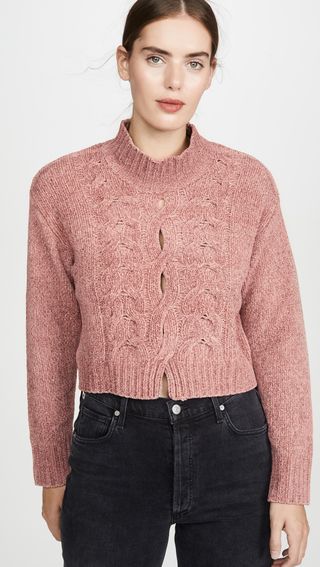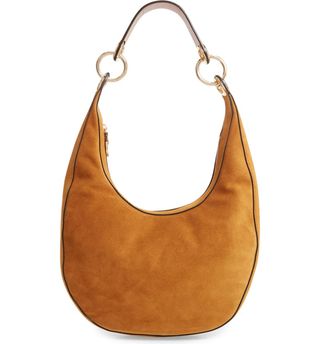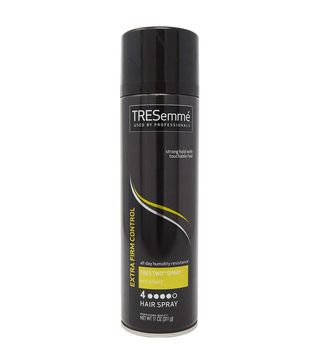4 Leaders Dedicated to Breaking the Glass Ceiling in the Fashion Industry
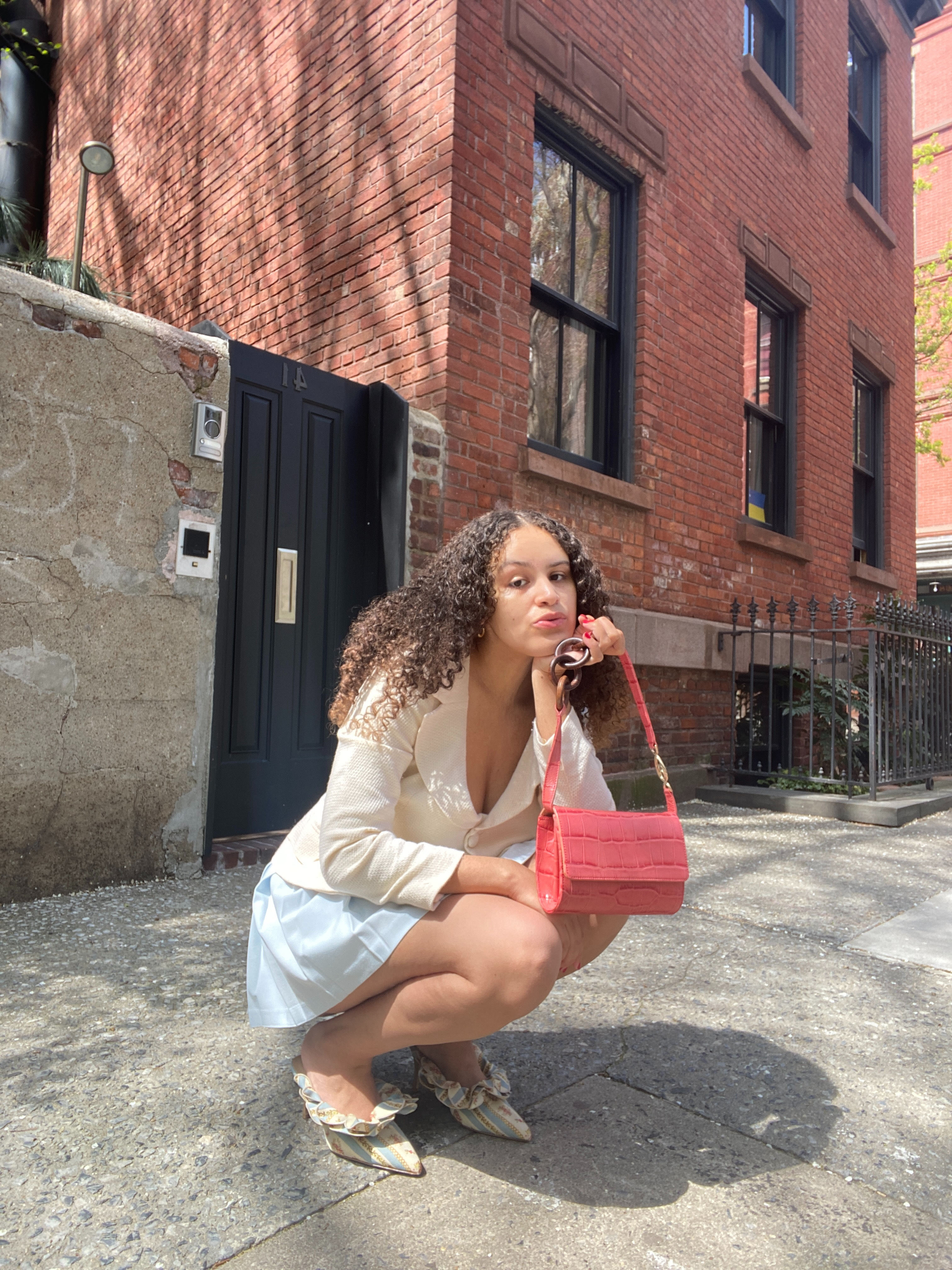
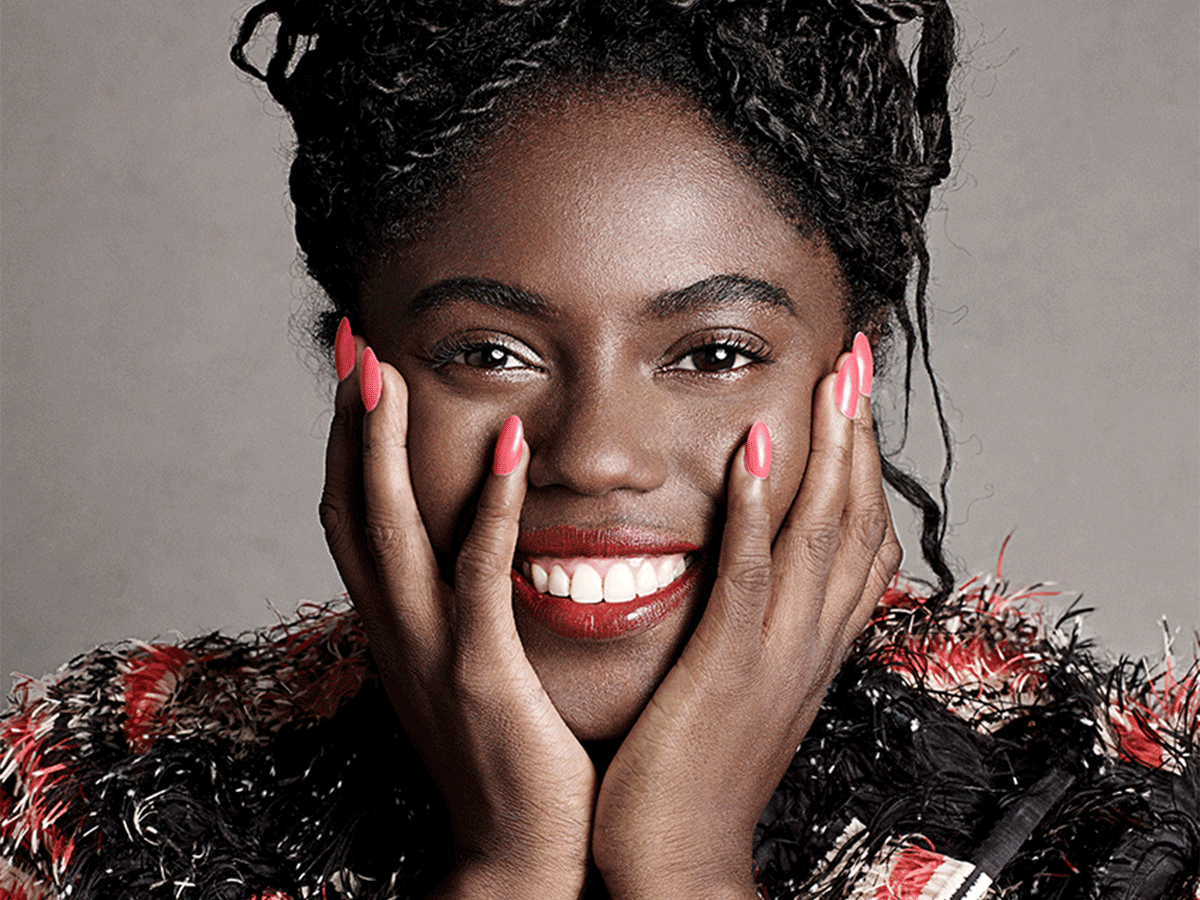
When people think about fashion, they might not consider it serious, but this billion-dollar industry isn’t frivolous. In fact, the fashion industry accounts for 1.8 million jobs in the United States alone, making its economic, environmental, and social impact truly astronomical. The industry’s influence isn’t just setting this season’s trends; it’s more than that. Fashion reflects the value society places on women and labor. Despite the fact that fashion is predominantly female, with a workforce made up of 70% of women, women in the fashion industry hold less than 25% of leadership positions in top fashion companies. This discrepancy, of course, is a microcosm of the wider issue of gender equality in society.
Unless we begin to actually address the problem, nothing will change, so we spoke with four leaders who have agreed to be part of Tresemmé and Vital Voices' campaign Women Lead the Way. Tresemmé and designers such as Rebecca Minkoff, Cushnie, Jonathan Simkhai, Jason Wu, and Studio One Eighty Nine have pledged to use their work and their leadership to strive for gender equality in the fashion industry through mentoring, hiring, and promoting women into leadership positions. Because there’s no "just sticking to fashion” anymore. Not caring isn’t stylish. If we start to break the glass ceiling within the fashion industry, maybe it will catch on.
Carly Cushnie, Creative Director and CEO of Cushnie
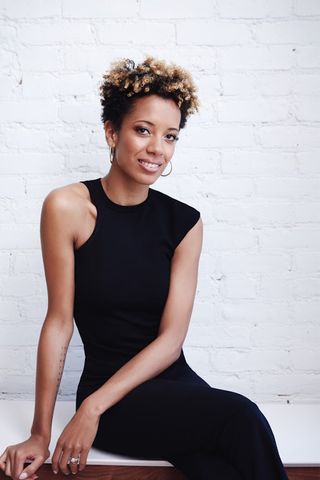
You’ve agreed to be part of Tresemmé’s Women Lead the Way campaign. What compelled you to sign on to the pledge? And how will you be upholding this pledge?
As a female CEO and business owner in this industry, I feel committed to using my platform to support and foster female talent from the start of their careers and beyond. I’ve always felt that there was a drastic gap between the number of women working within the industry, and the number of women at the executive level and at the top of design houses, and the statistics really bring that truth to light. I am thrilled that Tresemmé is taking the initiative to push the conversation forward and promote change from the top down, and I look forward to upholding this pledge.
You recently were named one of the Council of Fashion Designers of America’s newest board members. What is your role on the board, and what do you hope to achieve as one of the board’s female leaders?
In 2013, I was nominated for the CFDA Swarovski Award for Emerging Talent, and I was surprised to learn that I was the first woman of color to be nominated in that category. Now, to be given a seat on the CFDA’s Board of Directors is truly an honor, as it gives me a platform to evoke change and to be a voice for young designers and women within the industry.
Sep 10, 2019 at 5:59pm PDT
Your S/S 20 collection was inspired by the women who inspire you. Could you give us a little background as to why you wanted to highlight these women and what you hope the collection tells the world?
This season, in lieu of a runway show, I wanted to focus on a narrative close to my heart. As a new mother myself, I wanted to take this opportunity to highlight and celebrate the incredible mothers that I admire: women who are not only amazing mothers but who are also at the top of their game and are just completely courageous and badass examples to women everywhere. I think this project celebrates the truth that women can be both successful mothers as well as successful in their work. No one path is the same, and I think that as women, it’s important to lift each other up and support one another.
Support Cushine’s work:
Rebecca Minkoff, Co-Founder and Creative Director of Rebecca Minkoff
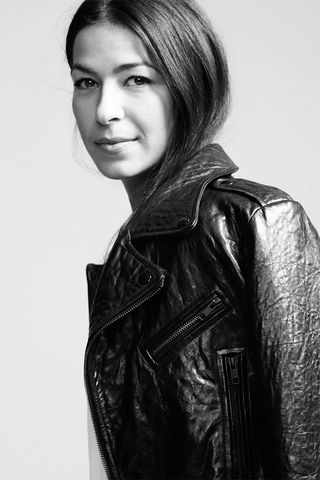
When it comes to the conversation around women in leadership roles, there often can be a lack of comprehension and acknowledgment around the intersectional barriers that prohibit women of color from assuming roles in the fashion industry as well. How do you think we can combat this issue and make it so everyone has the opportunity to lead based on merit rather than nepotism or bias?
I talk about it a lot, but you have to make sure who you have at the table at every level of the organization doesn’t look like you and consistently strive for your executive team, your management team, layers within the company, all need a diverse set of people. It’s easier said than done. Just as most companies have to go out of their way to pull in more women in leadership, sometimes you have to go out of your way to find women of color and make sure they have a path within the organization.
You recently established the Female Founder Collective. Can you tell us a little bit about why you found it necessary to start the network?
Women have the power to change the world. From our purchasing decisions as consumers to the leadership and employment opportunities we offer as business owners, women are an incredible and undeniable force. More than 11.6 million firms are owned by women, which translates into 9 million jobs and $1.7 trillion in sales. Women reinvest income in their families and communities at higher rates than men.
"By increasing the wealth and opportunities for women-owned businesses, we can significantly impact our communities for the better."
As a mother, and a founder, what are your thoughts on the Family and Medical Leave Act? Obviously, it’s the law that companies honor employees’ rights to time off and not practice discriminatory hiring practices against pregnant women, but that’s not always the case, even in an industry made up of predominantly women. So how can founders and the fashion industry lead the way in combating and changing this issue?
Henry Ford invented the modern workday of 9-to-5. But how do we as women begin to think about shifting this formula? I’m still trying to figure out. How do you have a company that can do its job but then also allow for women to be in leadership positions and still feel some sense of "balance”? I also think women need to be more vocal when they are discriminated against. I think more people need to speak up rather than taking the "this happened to me” approach. It’s like, no, I’m going to be the change I want to see, and becoming vocal about the things you want within your company because it’ll never change unless we all talk about it.
Support Rebecca Minkoff’s work:
Abrima Erwiah, Co-Founder and President of Studio One Eighty Nine
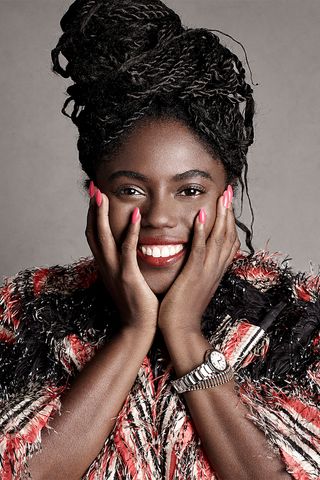
You’ve agreed to be a part of Tresemmé’s Women Lead the Way campaign. What compelled you to sign on to the pledge? And how will you be upholding this pledge?
I believe in the power of women and the importance of creating more opportunities for women to enter the workplace and to thrive in the workplace. It is proven that the root-out of poverty and the wealth of nations are fueled by women. Women are the backbone of society. This should be reflected in the structure of an organization, particularly at the level of leadership. Organizations should create and hire leadership that are more representative of the multitude of backgrounds and cultures of the communities they serve. We signed the pledge because we wanted to lend our voice to this movement.
"Our actions trigger reactions. These reactions can be very positive and very negative. Every time we make a decision to shop, we are voting with our dollar and making a choice about what kind of world we want to live in."
One of the things that makes Studio One Eighty Nine special is that it partners with artisanal communities in Ghana, Africa, to create its sustainable products. What was the intention behind that?
My now business partner, Rosario Dawson invited me on the most amazing trip in 2011 to the Democratic Republic of the Congo for the opening of the City of Joy. At the opening, we met women who had been the victim of rape and sexual violence. Despite their horrific experiences, the women built this City of Joy, where they could learn skills and re-learn skills as a way of taking control over their destiny and "turning their pay to power.” They would make small crafts, sell them to take proceeds, buy farmland, farm and use the produce to feed their children or sell the produce to take the money and send their children to school. It was a beautiful circle of sustainability, and it became clear to us what happens when you empower a woman. Motivated and inspired by the tenacious women and men we met in the DRC, we decided to write a plan to create a platform and a space to support the development of local artisans and the empowerment of women. We set our mission to use fashion as an agent of social change and launched in 2013. We believe that if the infrastructure can be developed and supply chains created, then the economic value can be created for communities that are bigger than a form of aid.
Support Studio One Eighty Nine’s work:
Jessica Grigoriou, Brand Engagement Director of Tresemmé
How do you think we can address the lack of female leaders in the industry?
Companies need to provide access to opportunities to help support and propel women who are in the pipeline forward. We will work with pledge participants to provide women with access to the resources, training, and mentorship needed to drive them toward leadership opportunities and help ensure they can succeed there.
What’s the single piece of advice you’d give to any woman in the fashion industry or beyond struggling to grow within her career?
Find a mentor, build your network, and no matter your role, remember that your voice matters and should be heard. For individuals interested in encouraging employers to take action to support all women leaders, visit tresemme.com/pledge for more information and to access a letter template that can be filled out and issued to employers.
When it comes to the conversation around women in leadership roles, there often can be a lack of comprehension and acknowledgment around the intersectional barriers that prohibit women of color from assuming roles in the fashion industry as well. How do you think we can combat this issue and make it so everyone has the opportunity to lead-based on merit rather than nepotism or bias?
Our goal as a brand is to inspire change and create opportunities for all women. Sometimes efforts for women are progressive but not always inclusive, so with our pledge, we are committing to making a change for all women who strive for leadership positions. The #WomenLeadTheWay pledge is about creating opportunities for all women at the leadership level and giving women a platform to be seen and heard. However, this is just the beginning of a long-term commitment for the brand, and we will remain committed to providing women with opportunities to overcome biases such as investment, resources, and networking they need to succeed as leaders.
Support Tresemmé’s work:
Next: 10 Designers Speak Candidly on Why the Industry Is Plus-Averse

Jasmine Fox-Suliaman is a fashion editor living in New York City. What began as a hobby (blogging on Tumblr) transformed into a career dedicated to storytelling through various forms of digital media. She started her career at the print publication 303 Magazine, where she wrote stories, helped produce photo shoots, and planned Denver Fashion Week. After moving to Los Angeles, she worked as MyDomaine's social media editor until she was promoted to work across all of Clique's publications (MyDomaine, Byrdie, and Who What Wear) as the community manager. Over the past few years, Jasmine has worked on Who What Wear's editorial team, using her extensive background to champion rising BIPOC designers, weigh in on viral trends, and profile stars such as Janet Mock and Victoria Monét. She is especially interested in exploring how art, fashion, and pop culture intersect online and IRL.
-
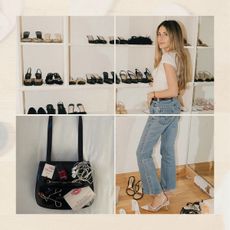 The Women Behind Instagram's Designer-Vintage Craze
The Women Behind Instagram's Designer-Vintage CrazeI suggest you get to know them.
By Eliza Huber
-
 Reformation Finally Launched Swimwear, and the Collection Is Pure Elegance
Reformation Finally Launched Swimwear, and the Collection Is Pure Elegance*Orders every suit.*
By Eliza Huber
-
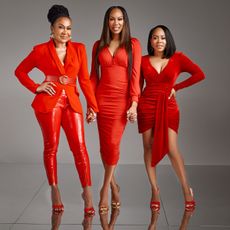 This Gold Medalist Is Championing Confidence and Uplifting Women Through Style
This Gold Medalist Is Championing Confidence and Uplifting Women Through StyleSponsor Content Created With SHEIN
By Who What Wear
-
 16 Classic Finds That Are Key to Building Your Perfect Capsule Wardrobe
16 Classic Finds That Are Key to Building Your Perfect Capsule WardrobeThis brand is a gem.
By Raina Mendonça
-
 16 Classic Winter Fashion Finds That Will Stand the Test of Time
16 Classic Winter Fashion Finds That Will Stand the Test of TimeThese are winners.
By Raina Mendonça
-
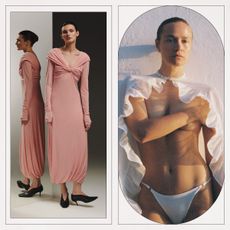 "Nothing Can Stop Us From Creating": 11 Ukrainians Still Designing Despite War
"Nothing Can Stop Us From Creating": 11 Ukrainians Still Designing Despite WarRead the powerful and inspiring interviews.
By Anna LaPlaca
-
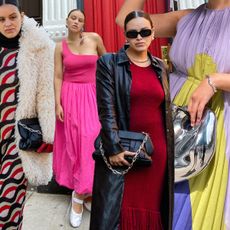 I Haven't Spent More Than $150 on Clothing in Six Months—Here's How I Did It
I Haven't Spent More Than $150 on Clothing in Six Months—Here's How I Did ItYes, really.
By Jasmine Fox-Suliaman
-
 Feel and Look Good: Shop These Supermodel-Approved, Sustainable Summer Picks
Feel and Look Good: Shop These Supermodel-Approved, Sustainable Summer PicksSlow fashion is here to stay.
By Raina Mendonça
